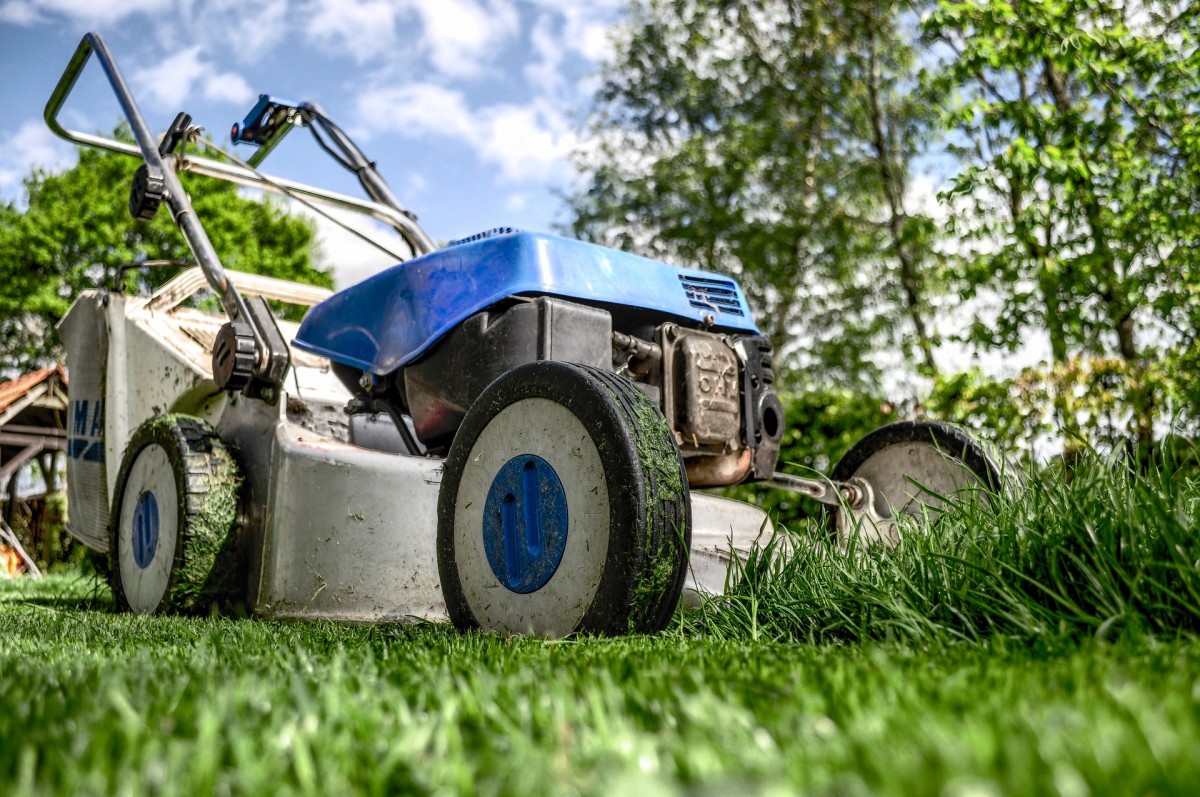Your lawn may seem like a small part of your home, but did you know that they have a significant environmental cost? Traditional lawns are composed of non-native grasses and plants that are not adapted to the region. They often require more water, fertilizers, and pesticides than lawns that use native grass and plants.

Traditional Landscaping Introduces Invasive Plants
Invasive plants are non-native plant species that have been introduced to an area and have the ability to outcompete native plants. They can often spread quickly and displace native plant populations. Traditional lawns are often composed of these non-native grasses that are invasive in nature. Which often requires the use of pesticides and fertilizers to maintain, which can lead to the spread of invasive plants.
Use of Harmful Pesticides And Fertilizer
The use of pesticides and fertilizers in lawn maintenance has a negative impact on the environment and human health. Pesticides harm local wildlife and contaminate local water resources. Fertilizers will lead to nutrient runoff, which harms aquatic life and contributes to the growth of harmful algae. Native landscaping will sustain itself and require less intervention to thrive.
It’s a Waste Of Water
While traditional lawns may appear lush and green, the maintenance required to keep them that way can put a strain on local water resources. In fact, traditional lawns consume more water than native landscapes, often requiring more frequent watering and leading to water waste. On the other hand, native landscapes are specially adapted to the unique climate and soil conditions of an area, making them much more water-efficient and less reliant on constant irrigation.
A Lack Important Biodiversity
Traditional lawns are often monocultures, meaning they consist of only one species of grass. This lack of diversity can have a detrimental impact on local biodiversity. A single species of grass does not provide food or shelter for a wide range of species, which in turn can lead to a decline in local wildlife populations. In contrast, native landscapes provide important habitats for local wildlife and support the overall biodiversity of a region.
Adding To Your Carbon Footprint
Traditional landscaping has a higher carbon footprint than native landscapes. The maintenance of traditional lawns requires the use of lawn equipment, such as lawn mowers, edgers, and trimmers, which can contribute to air pollution and greenhouse gas emissions. The use of these machines not only produces emissions but also consumes fossil fuels, which are a limited and non-renewable resource.
The Negatives Certainly Add Up
Ultimately, traditional lawns have a significant environmental cost. They require more water, pesticides, fertilizers, and carbon footprint than native lawns. Additionally, native landscapes are better adapted to the local climate and soil conditions. They provide important habitats for local wildlife and support the overall biodiversity of a region. We encourage you to consider converting your lawn to a native landscape; the benefits to the environment and local ecosystem are well worth it.
What Can I Do?
If you're concerned about the environmental impact of your lawn, there are steps you can take to make a change. Even if you start with just a small section, converting your lawn to a native landscape is one of the best things you can do to help the environment.
If you're interested in making the switch, we encourage you to read our article “Creating a Sustainable and Beautiful Native Lawn in Piedmont North Carolina" This guide provides information on the steps involved in converting your lawn.
Building a Sustainable Community Starts Here
Want to learn more about how you can make a difference in your community and support the environment? Join our newsletter and take a look around our website to find out about upcoming events, volunteer opportunities, and resources that can help you live more sustainably. Together, we can make a positive impact on our local ecosystem.